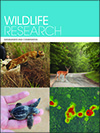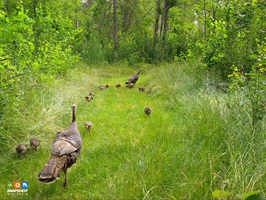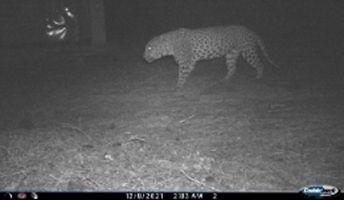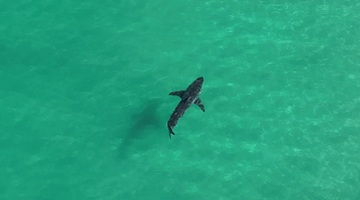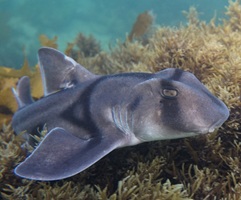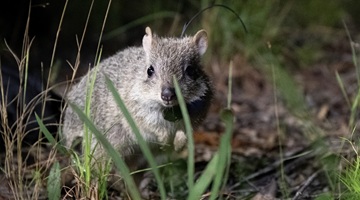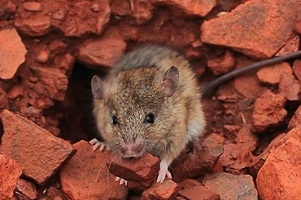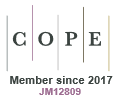We explored how >2000 trail cameras operated by community scientists could be used to estimate three wild turkey productivity metrics in Wisconsin, USA. We found higher recruitment in northern and eastern Wisconsin, and two metrics increased throughout summer while one decreased. Trail cameras can be used to estimate wild turkey productivity at scales that may not otherwise be possible with traditional field methods. Photograph by Wisconsin Department of Natural Resources.
WR24169 Abstract | WR24169 Full Text | WR24169PDF (1.4 MB) | WR24169Supplementary Material (501 KB) Open Access Article


